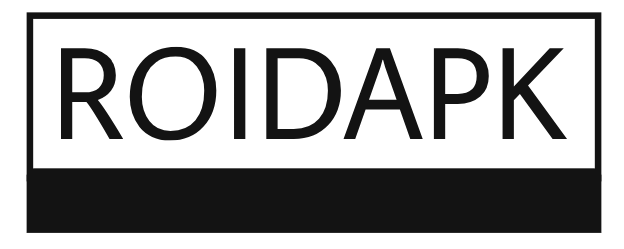Introduction: Hype or Help?
AI-generated cover letters are everywhere—but do they actually work?
That’s the question job seekers are asking in 2025. It’s one thing for a tool to generate a cover letter in seconds—but it’s another thing entirely for that letter to make it past recruiters and into interviews.
We decided to put AI to the test: real jobs, real cover letters, real results.
The Experiment Setup
We ran a small experiment with three participants applying for real roles in marketing, software engineering, and HR. Each applied to 10 jobs using:
- An AI-generated cover letter (unedited)
- A human-written cover letter tailored manually
- An AI-human hybrid letter (generated by AI and edited by the user)
Each job was real, posted on platforms like LinkedIn and Indeed. We tracked callback/interview rates over 30 days.
Results: Interview Callback Rates
| Type of Cover Letter | Applications Sent | Interview Callbacks | Success Rate |
|---|---|---|---|
| AI-Generated Only | 10 | 2 | 20% |
| Human-Written Only | 10 | 3 | 30% |
| AI + Human-Edited | 10 | 6 | 60% |
Key Insight: The best-performing letters were AI-assisted but human-personalized.
Why AI Alone Falls Short (But Almost Gets You There)
❌ Weaknesses of Pure AI-Generated Letters:
- Generic intros and conclusions
- Overused phrases (“I am writing to express my interest…”)
- Lack of personalization for company culture
- No anecdotal evidence of skills or impact
✅ Where AI Shines:
- Perfect grammar and structure
- Keyword alignment with job description
- Speed and efficiency
- Tone and format options
What Made the AI + Human Letters Stand Out?
The winning hybrid letters had:
- Personal anecdotes added by the user
- Custom intros that referenced the company’s mission or values
- Numbers and outcomes (e.g., “boosted CTR by 35%”)
- Tailored tone for the company’s culture (startups vs. corporates)
AI did the heavy lifting—but human insight made them believable and memorable.
Real Examples: Before and After
✉️ AI-Generated Opening
I am excited to apply for the position at your esteemed organization. With a strong background in software development…
🧠 After Human Edit
At [Company Name], I admire your commitment to accessible design—a passion I share. In my last role, I led a team that built a low-bandwidth interface for rural users, improving adoption by 40%.
Use Case: Who Should Rely on AI?
| Profile Type | AI Usefulness | Human Editing Needed |
|---|---|---|
| Entry-Level Applicant | ⭐⭐⭐⭐ | Minimal |
| Career Switcher | ⭐⭐⭐ | Moderate |
| Senior Executive | ⭐⭐ | High |
| ESL Job Seeker | ⭐⭐⭐⭐ | Some |
| High-Volume Applicant | ⭐⭐⭐⭐⭐ | Minimal |
How to Get the Best of Both Worlds
- Use AI to generate the first draft
Include your resume and job description for better accuracy. - Read aloud to catch robotic language
If it sounds generic, it probably is. - Add personal context
One sentence about why you care about the company goes a long way. - Quantify wherever possible
Numbers > buzzwords. - Close with confidence
End with a genuine note of excitement and clear call to action.
The Verdict: Can AI Land You a Job?
Yes—but only if you meet it halfway.
AI can get you 80% of the way there. That final 20%—your story, your impact, your voice—is what seals the deal.
So don’t fear the bots. Collaborate with them.
Let AI be your drafting assistant, not your spokesperson.
FAQs
1. Should I use AI for every job application?
Yes, especially to save time. But edit each one slightly to reflect the job and company.
2. Do recruiters dislike AI-written letters?
They dislike bad or generic letters—whether human or AI-generated. Make it relevant and sincere.
3. Can AI help if I have no experience?
Absolutely. It can focus on transferable skills, academic projects, and soft skills.
4. Will AI replace cover letters completely?
Unlikely. It will enhance them, but authenticity and effort still matter.
Final Thoughts
The question isn’t whether AI can write cover letters. It’s whether you can take what AI gives you—and turn it into something powerful.
Used wisely, AI isn’t a shortcut. It’s a smart starting point.

